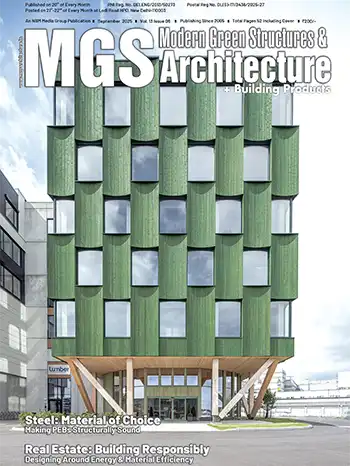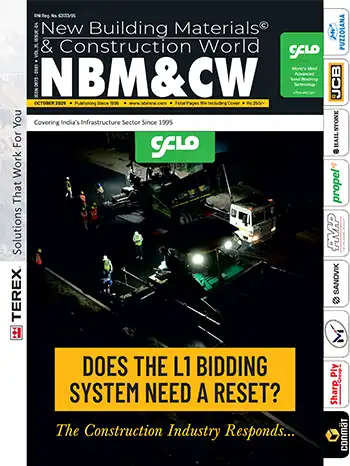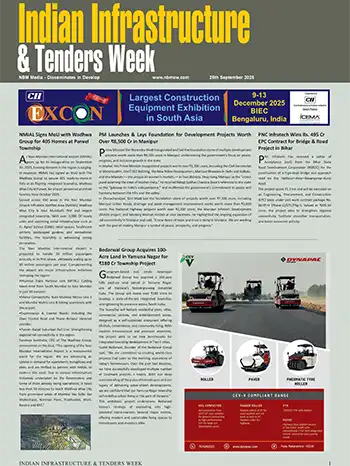 Gaurav Kashyap
Gaurav KashyapThe use of drones in the construction technology space has become the norm. As drone technology continues to grow rapidly, it is getting more accurate, precise, and providing higher yields. As per reports, the drone industry is expected to see a rise from $2 billion to $10 billion in the next 10 years.
Another AI based technology - surveillance robots - can help project managers in examining construction sites remotely. The spy robot is adapted with a HD and Night Vision Camera, Improved Video Analysis, Microphone, Graphical User Interface, and Display Monitor with the help of which there could be a two-way communication among co-workers and project managers. It can help in surveying specified and hazardous areas where humans and heavy machinery can't reach, monitoring the progress in real time, reporting of incidents, and footage can be captured to note down any deviations and be dealt with accordingly, thereby saving time, money, resources and increasing productivity.
Robotics
Like any other industry, robotics is set to soon become a commanding force in the construction technology space. The industrial robotics market is gradually heading towards its prime and the year 2019 should see a great deal of it. A fully autonomous AI-based cleaning robot for advanced construction/services for cleaning skyscrapers, high-rise buildings, and interiors, can also be used for painting works. This concept uses special AI algorithms to automate decision making and processes. It can help through less dependency on direct labour and thereby improve the quality of work along with reduction of cost, as a lesser number of operators are needed for the automated system. Besides this, productivity has increased since less human factors will be involved and robots can also help in carrying out work in zones that are dangerous for humans and thereby reduce corresponding work-related injuries, supporting EHS.
A high percentage of architects and interiors design companies are using AR technology to communicate design to their clients
Gaurav Kashyap, CEO, Cherry Hill Interiors
Its all in the Clouds
The future of technology is in the cloud. Leader and managers can leverage the cloud technology using their mobile devices anytime and anywhere. This tool allows project managers to remain competitive and be aware of live status and data at real time. Almost all the leading technology and manufacturing giants have implemented cloud technology. The real time data helps in making decisions and implementing concrete steps. This technology is widely used by Dell, Samsung, LG etc.
Augmented Reality
Reports indicate increasing use of augmented reality (AR) in the construction technology space, and estimate that the AR market will increase by $90 billion by the end of 2020. Also, there are various devices and applications being developed and currently in use by various construction companies to give virtual experience to their prospective clients. Presently, a high percentage of architects and interiors design companies are using this technology as their medium to communicate design to their clients, which helps the buyer in decision-making. And not just this, AR can also be used in giving construction safety training to the workers. Cherry Hill Interiors have used this technology to present its designs to various customers like Flovel and LG.
Data Ecosystem
A good part of data in the construction industry is actually thrown away – over 90% of it. Real-time collaboration of data through construction software and creation of a data ecosystem is the new mantra. This data ecosystem is expected to act as the digital backbone for the construction processes.
Building Information Modeling
BIM technology is being extensively taken up by the academia. It is poised to be the catalyst for a fundamental overhaul of construction processes such as designing, developing, and managing a construction project.
Standardized Processes
The implementation of modular construction by making use of standardized processes is helping leaders to cut down costs and lead times significantly. Off-site assembling before completing the on-site construction project is one such example of standardizing processes.















